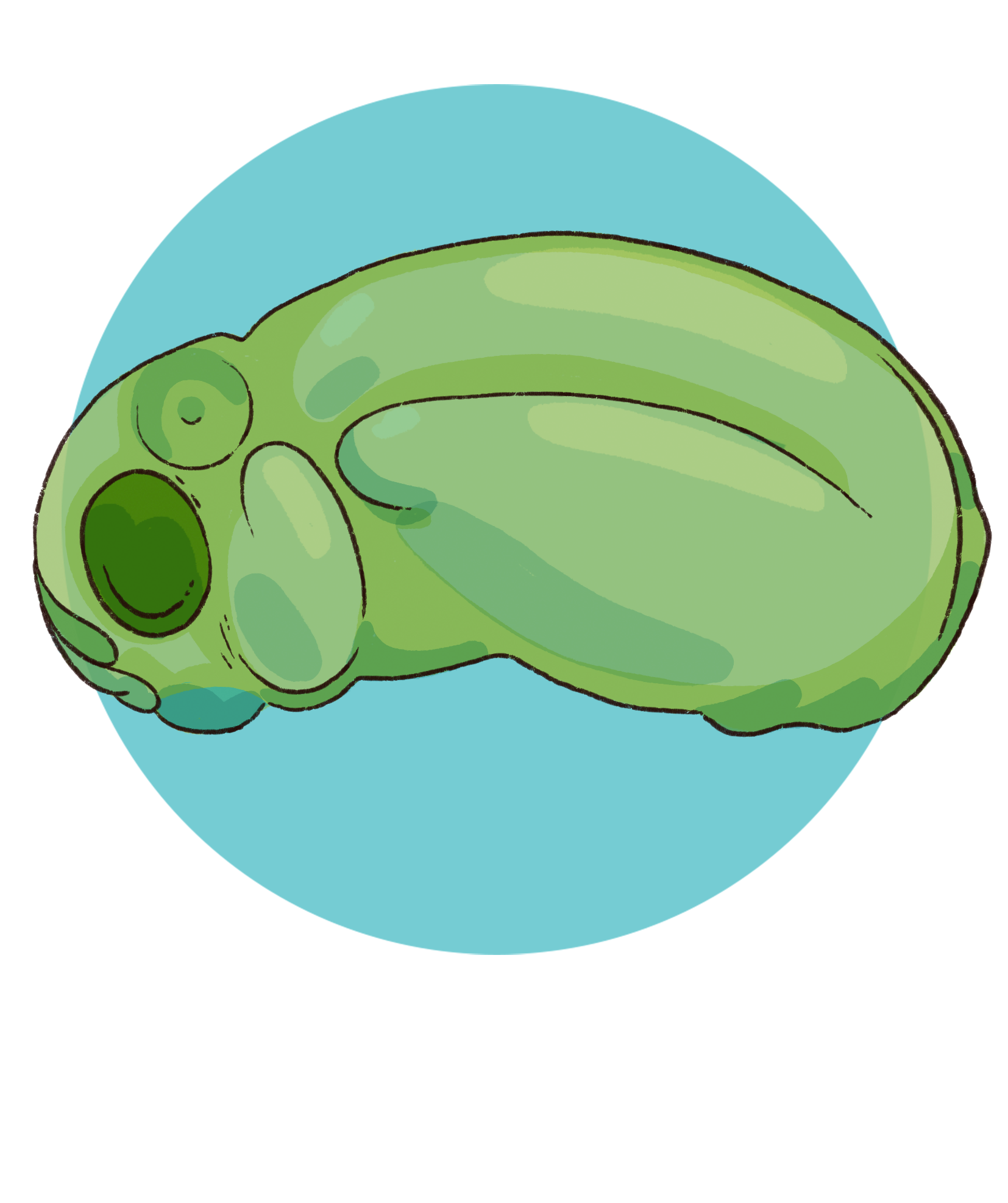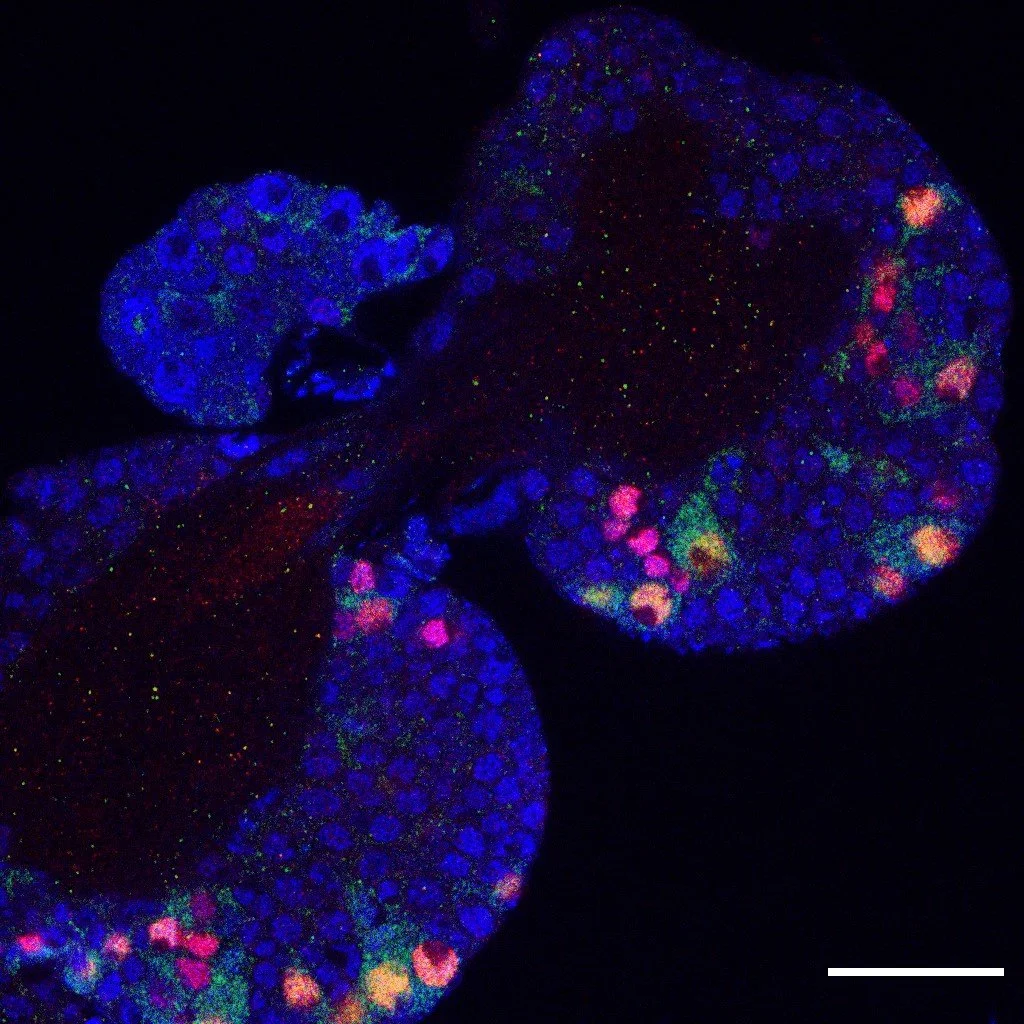You’ve changed a lot since your last point and are now in the tailbud stage! Your brain and spine are now formed and your tail is beginning to take shape.
Epigenetics
Epigenetics
What do we know about epigenetics now?
Riddles
-
Three little heads under a window
look out on the street below
Come and find us
and look very closely,
what colour do we glow?
-
On the wall of Sydney Sussex college you will find a crest with three boar heads and an eagle. What colour are the heads?
*Remember to start your answer with a Capital letter.
”Science is the organized attempt of mankind to discover how things work as causal systems”
— Conrad Waddington in ‘The Scientific Attiude’, 1941.



